Advertisements
Advertisements
Question
Name the following:
Yellow spot and ciliary muscles are found in.
Solution
Eye
APPEARS IN
RELATED QUESTIONS
What kind of lens is present in the human eye?
Name the part of the eye:
which changes the focal length of eye-lens.
Fill in the following blank with suitable word:
To bring light from a near object to a focus on the retina of the eye, the convex eye-lens need to be made....................
The size of the pupil of the eye is adjusted by:
(a) cornea
(b) ciliary muscles
(c) optic nerve
(d) iris
Why does the eye-lens not have to do all the work of converging incoming light rays?
Label the following diagram :
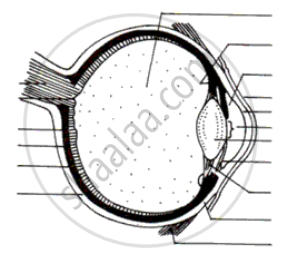
Choose the correct answer :
The rods and cones of a vertebrate retina function is to _________
Give Technical Term:
The adjustment of the eye in order to obtain a clear vision of objects at different distances
Choose the Odd One Out:
Choose the Odd One Out:
Write an Explanation.
Power of accommodation
Assertion: Blind spot is a small area of the retina which is insensitive to light where the optic nerve leaves the eye.
Reason: There are no rods or cones present at the junction of the optic nerve and retina in the eye.
A prism ABC (with BC as base) is placed in different orientations. A narrow beam of white light is incident on the prism as shown in Figure . In which of the following cases, after dispersion, the third colour from the top corresponds to the colour of the sky?
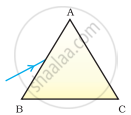 |
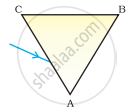 |
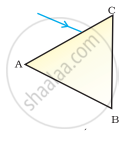 |
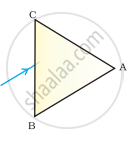 |
| (i) | (ii) | (iii) | (iv) |
Explain the role of the part of human eye responsible for power of accommodation of human eye.
State the functions of the following:
Iris
Name the following:
The layer of the wall of the eye-ball that corresponds to the black lining of the box of a camera
An aperture that controls the passage of light into the eye is ______.
With reference to human eye answer the question that follow:
Name the part of the eye associated with the layer providing nourishment to the eye.
The figure given below refers to the vertical section of the eye of a mammal. Study the figure carefully and answer the following questions.
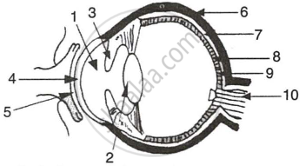 |
- Label the guidelines shown as 1 to 10.
- Write one important role of parts shown as 3 and 7.
- Write one structural difference between the parts shown as 9 and 10.
- Mention one functional difference between the parts shown as 6 and 8.
